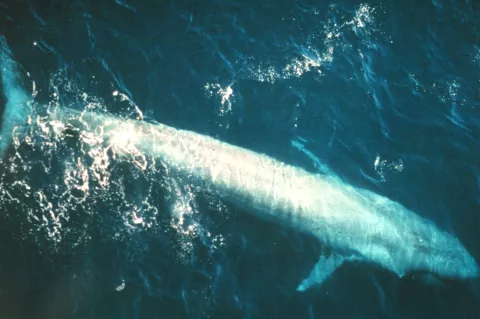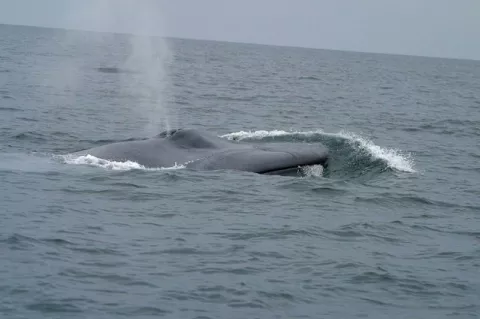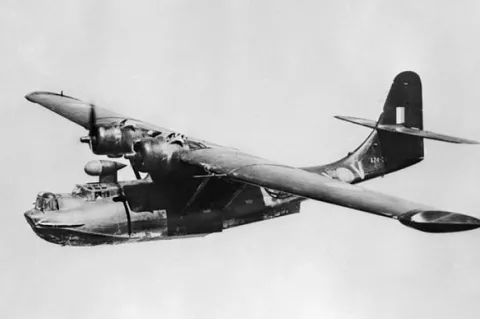Blue whales' meal planning is complicated
Feeding performance of blue whales vary wide as a function of prey density and distribution, according to new research just published in Science Advances. Because rorqual whales are air-breathing divers that exhibit a high-cost feeding mechanism, they are under considerable pressure to optimize their foraging success by weighing oxygen use against possible energy gain. Blue whales, the researchers have found, follow a complex strategy of switching from conserving oxygen when prey quality is low, to intense foraging at the expense of oxygen when prey quality is high.
- Read more about Blue whales' meal planning is complicated
- Log in to post comments
Feeding strategies of blue whales revealed
Scientists studying blue whales off California's coast discovered that blue whales modify the intensity of their efforts when hunting krill in order to conserve energy.
"We found that blue whales have a complex strategy of switching from conserving oxygen when prey quality is low, to intense foraging at the expense of oxygen when prey quality is high," said Elliott Hazen, research ecologist at the U.S. NOAA Fisheries' Southwest Fisheries Science Center and lead author of the study.
- Read more about Feeding strategies of blue whales revealed
- Log in to post comments
WW2 aircraft wreckage found on Great Barrier Reef
The wreckage was first discovered 56km south of Cairns in 35m of water by Cairns diver Kevin Coombs in 2013, but weather and planning challenges delayed the final dives to complete the investigation.
The A24-25 was part of a task force flying long‑range missions against Japanese shipping and submarines during World War Two. On 28 February 1943, Catalina A24-25 and its 11 aircrew were on a 17-hour mission to provide anti-submarine cover to a convoy heading for Milne Bay in Papua New Guinea.






